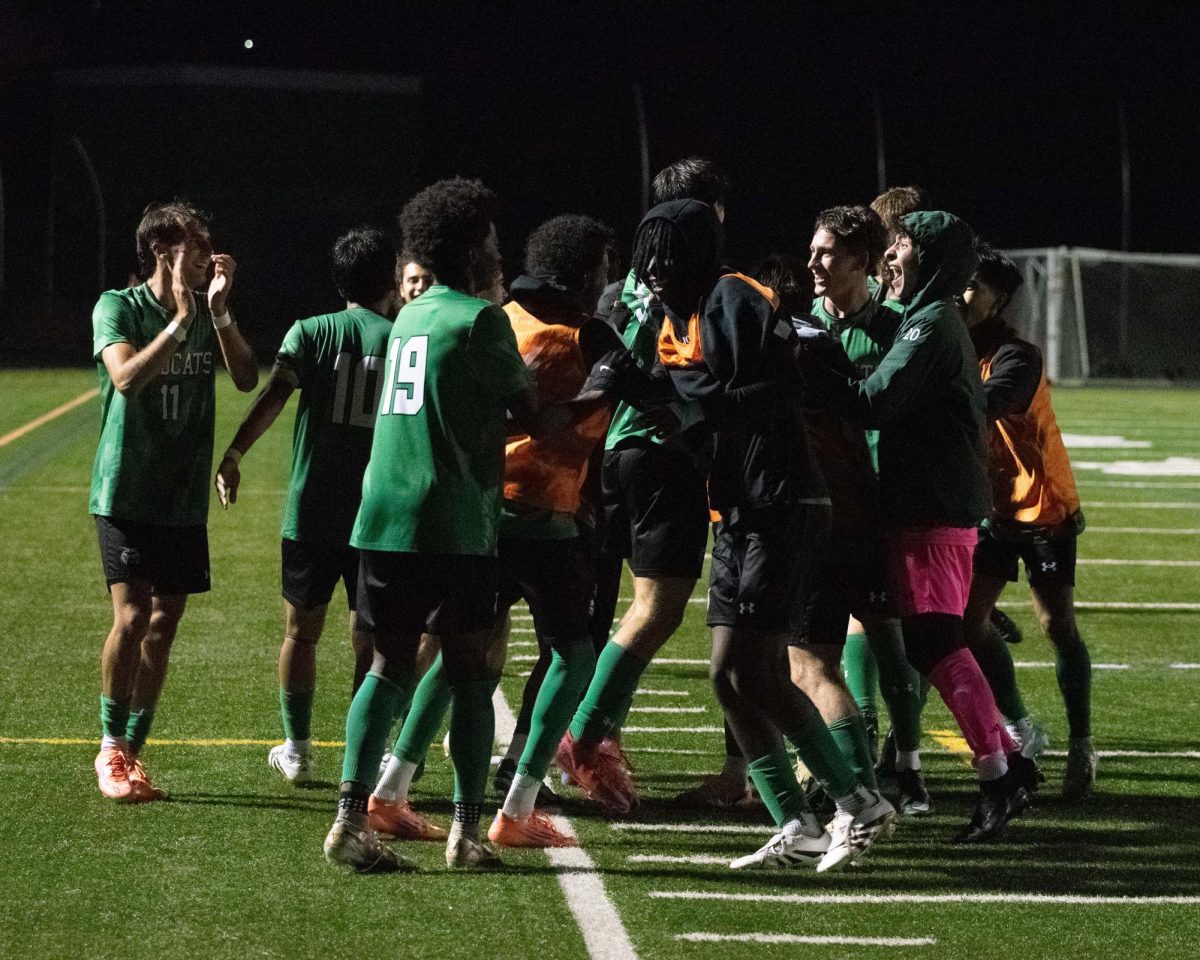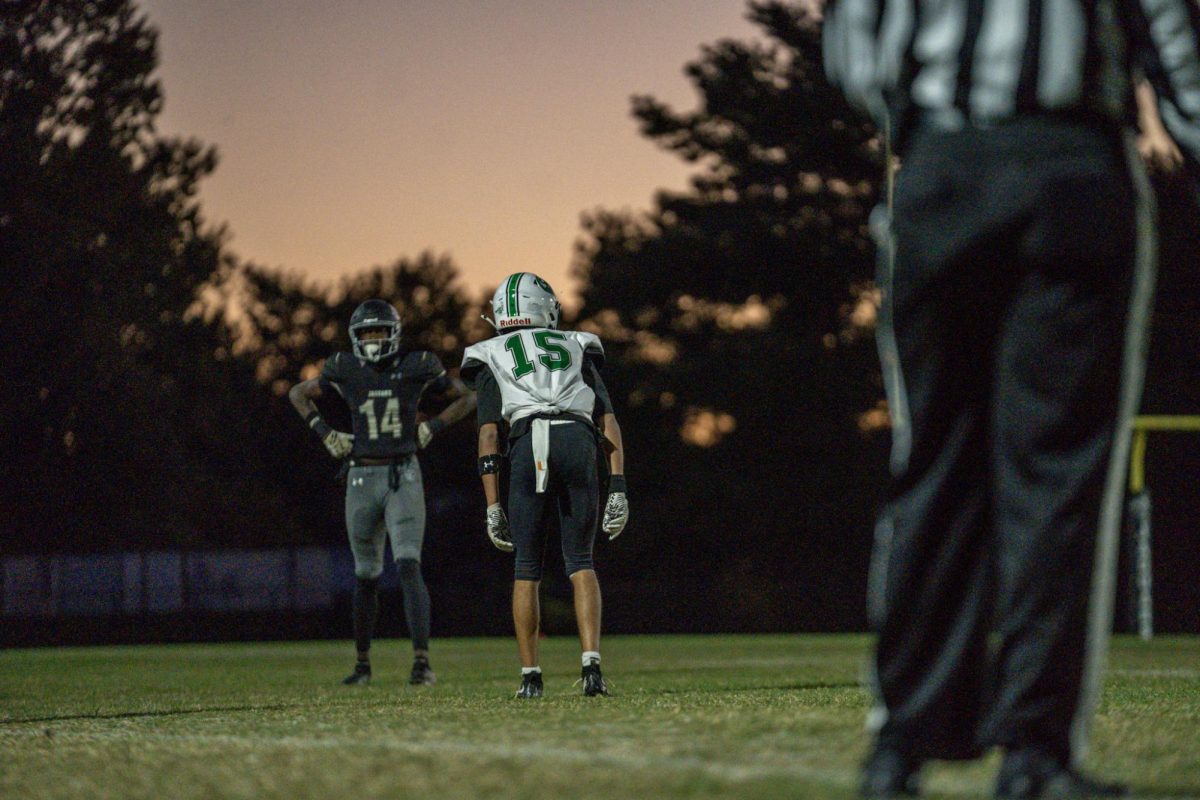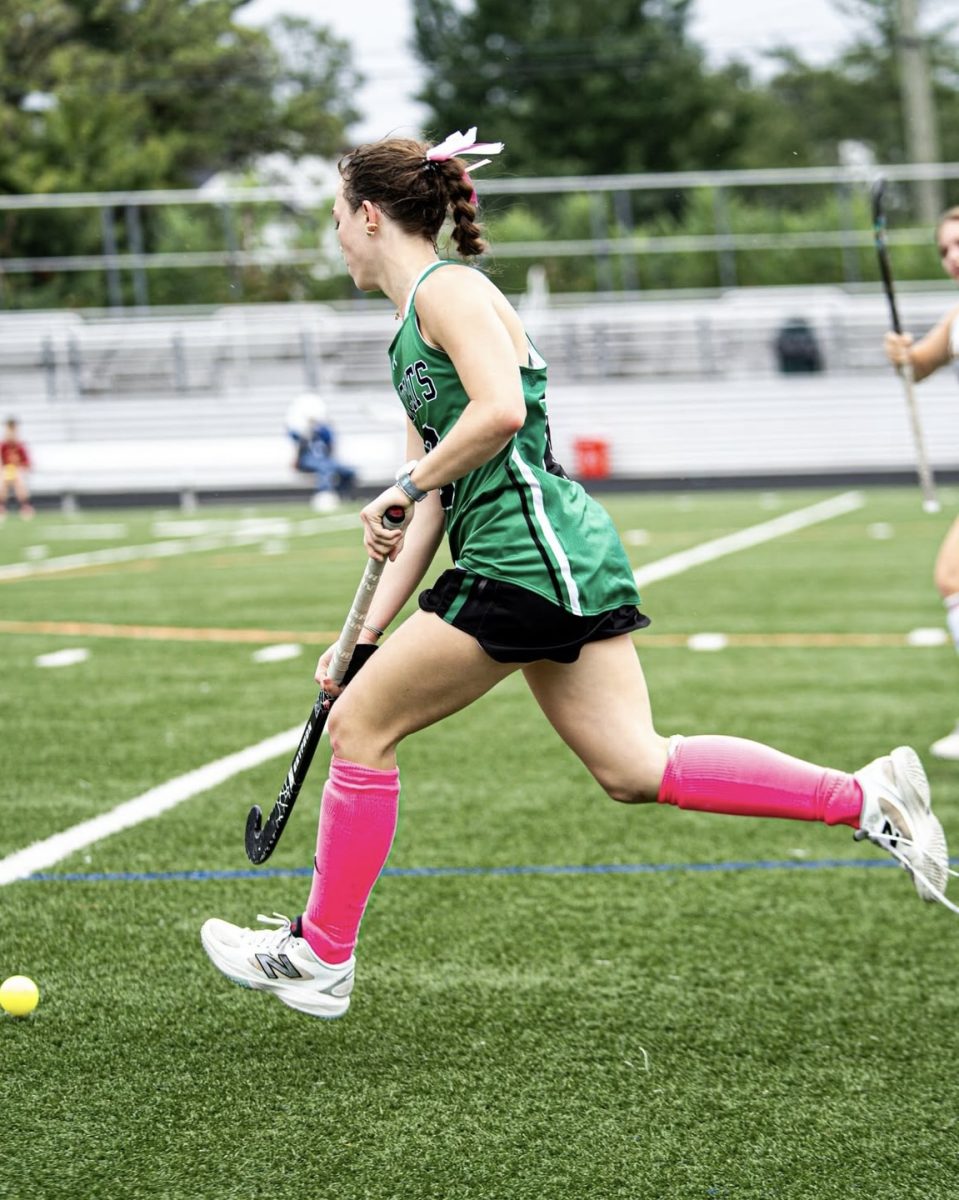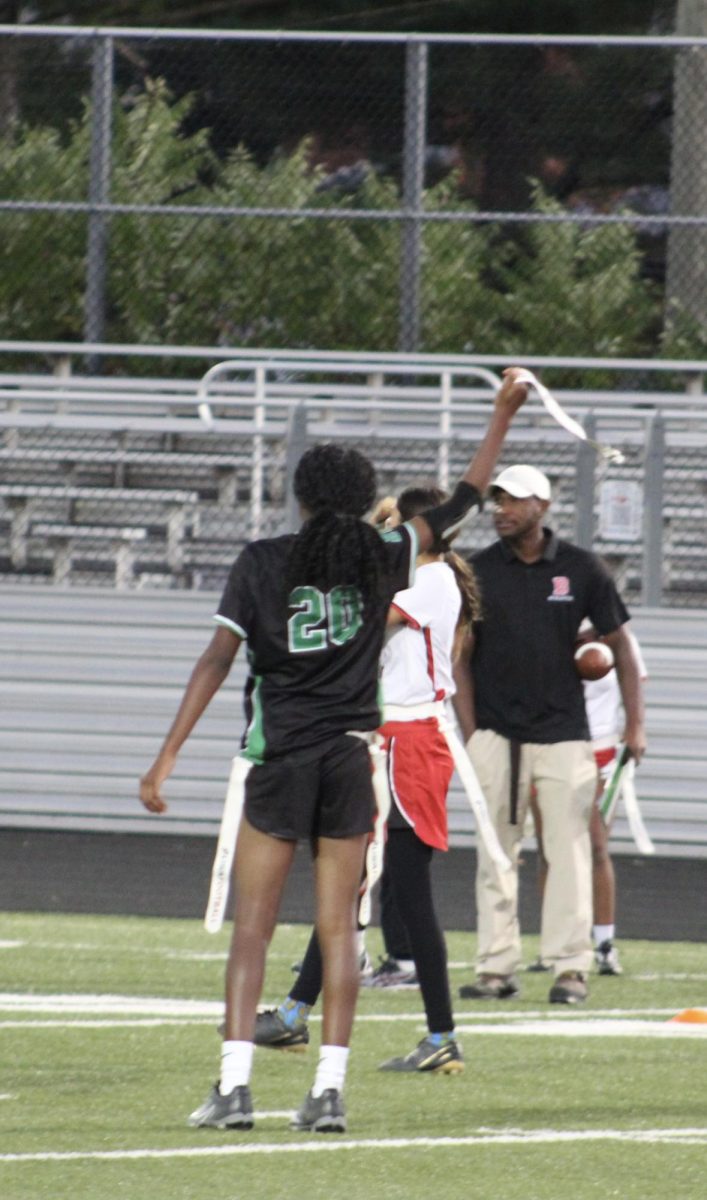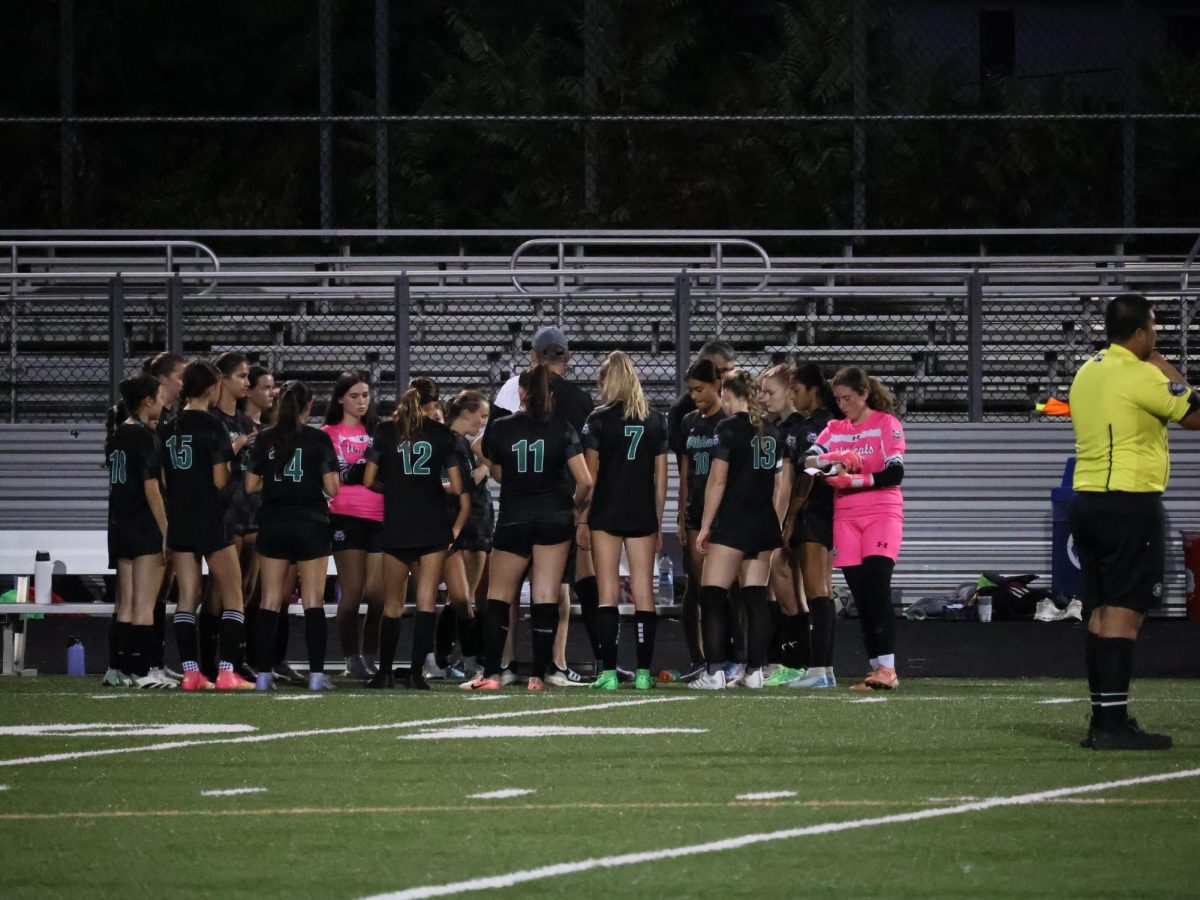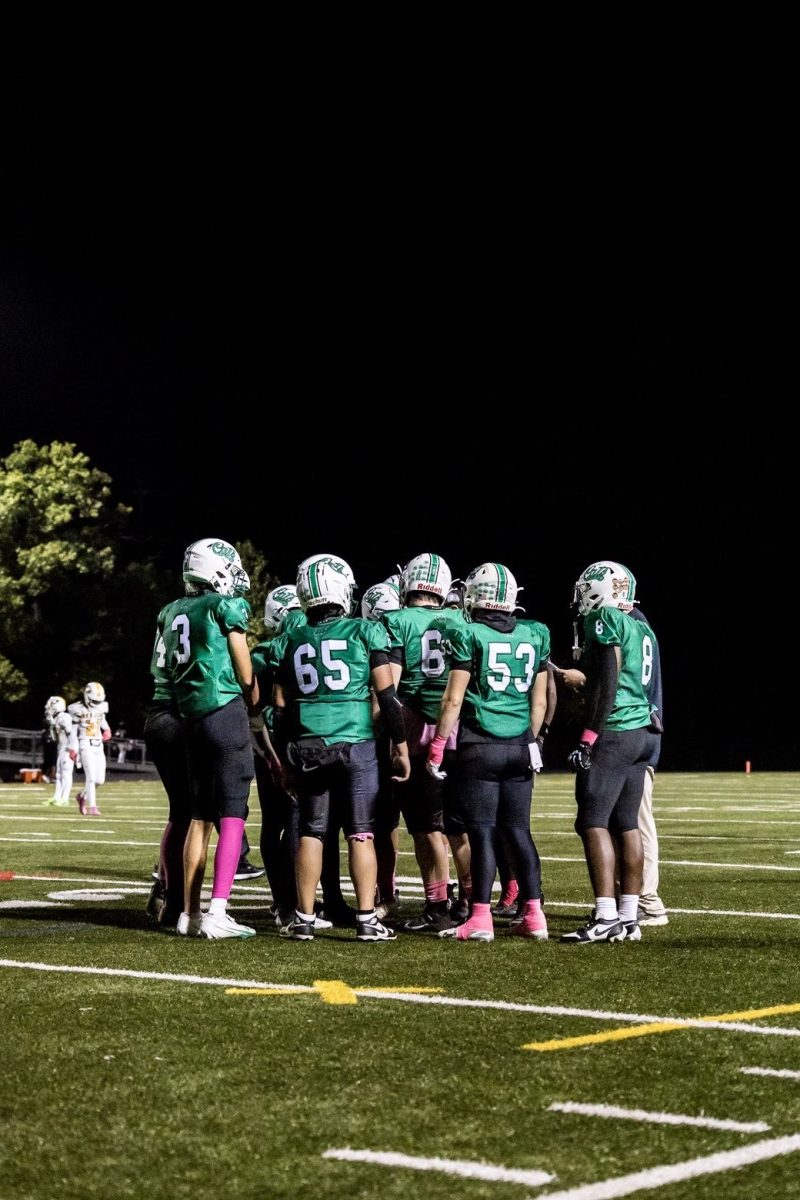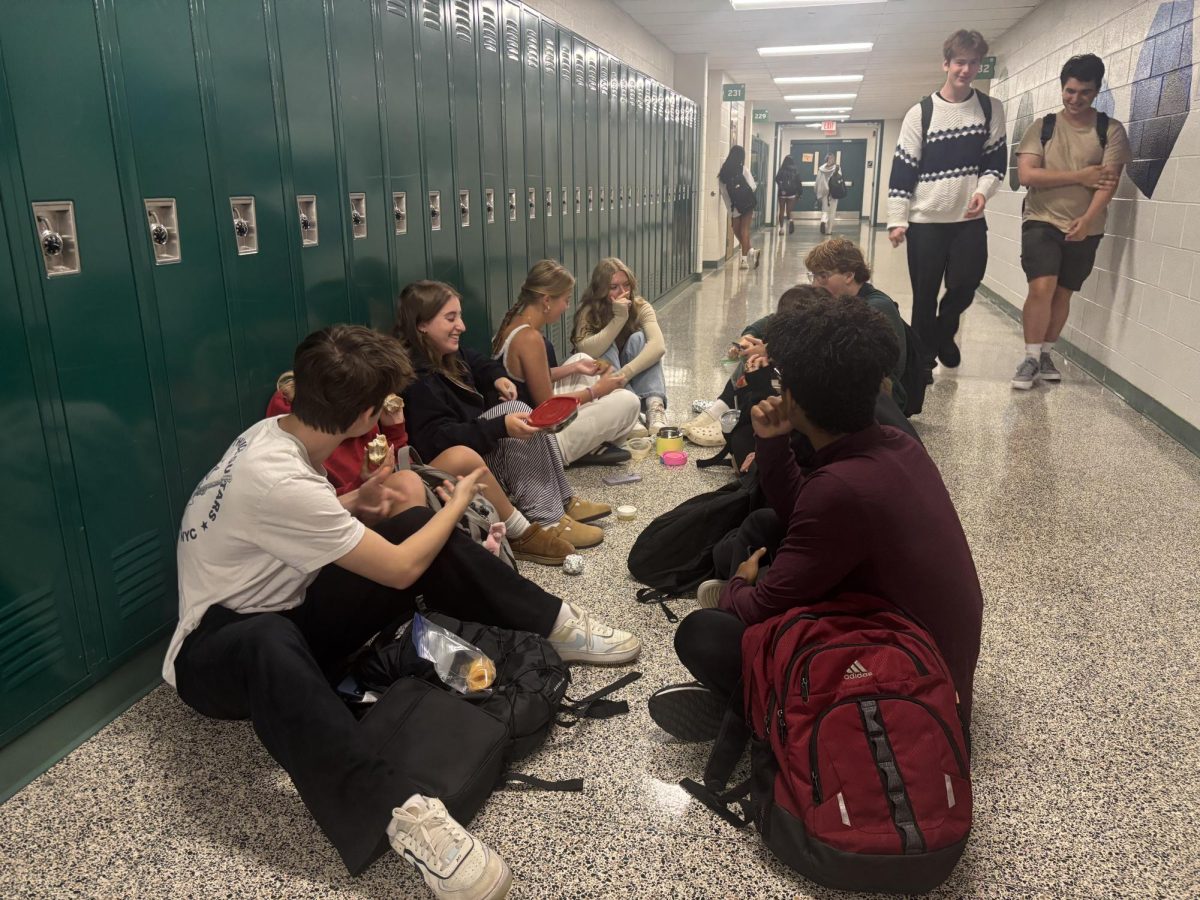Athens and America: two great examples of democracy. And yet, not enough people talk about another great democratic institution, March Madness. There is nothing quite like it. Big schools, small schools, elite schools, party schools, liberal art schools, research universities, religious schools, ivy leagues, and more all come together to put on a show and determine the best college basketball team in the country. To put it into perspective, the NCAA tournament is the type of event where the mighty Gonzaga Bulldogs and the unknown Fairleigh Dickinson Knights can meet on the same court and they did in 2019. Fairleigh Dickinson was blown out, but they had their shot—the tournament doesn’t discriminate.
Any school with the merit to be in the tournament can be in it. Oral Roberts is a small Christian University in Oklahoma. It has only 2700 undergraduates and few had heard of it prior to last year’s NCAA tournament. Oral Roberts won their conference tournament giving them the bid to the ‘Big Dance.’ There they defeated none other than the Ohio State University, one of the largest universities in the country having over 60,000 students. Oral Roberts point guard Max Abmas methodically led his team to its biggest win in school history. They kept on dancing when they defeated yet another major state university, Florida, home to 52,000 students. Oral Roberts nearly upset Arkansas in the next round. It was one of the greatest Cinderella stories in tournament history.
Oral Roberts is just one example of a small school making a memorable run. March Madness is pure chaos and upsets are truly the norm. Loyola Chicago, Florida Gulf Coast, Davidson, Loyola Marymount, and UMBC are all mid-sized to small schools that have had great runs. It’s not just the small schools that make improbable runs. Schools traditionally known for their academics have crashed the Big Dance and gotten fame and glory. George Mason University, known for their engineering made an incredible run to the final four in 2006, shocking many. But, the democracy of this tournament goes beyond just the improbable upsets. It goes into the very nature of college basketball.
In college football the main competitors are all rather homogeneous: they’re big southern schools. In college basketball, one of the greatest programs of all time is a small, elite private school, Duke University. Their great rival is a big state school, North Carolina. Georgetown is a Catholic school, but has a rich basketball history. Kentucky and Florida have great programs but so does UConn in the far north. Along with Uconn in the Big East are Xavier, Providence, and Creighton, schools you wouldn’t expect to have strong programs. In the west UCLA, Arizona, and Gonzaga are forces.
In these various programs there are former five star recruits, walk ons, and everyone in between. March Madness even provides an avenue for the American Dream, perhaps best embodied by Ja Morant’s ascension to the top of many draft boards after his spectacular run with Murray State University just three years ago. He is now in the MVP conversation in the NBA. Anyone can have a meteoric rise to the top.
In short, college basketball features a variety of programs that all have a chance to shine in March. College students from all walks of life get to travel to stadiums and root on their teams as their pep bands bring the spirit. All these different schools, teams, and students get to come together and put on a show. It is the greatest time in sports and truly an incredible example of democracy, one that anyone, sports fan or not, can appreciate and love to watch.



